LESSON OVERVIEW
The main objectives of this lesson are to:
- discuss photos and keepsakes and what we do with them;
- think about how photo-taking has changed over time;
- watch and discuss a video about photo preservation.
With this lesson, students talk about photos! Students revise vocabulary related to photos and discuss common photos we all have (e.g. first day of school, a family holiday). They also talk about what they do with their photos (e.g. scrapbooking, editing). Students examine how photography has changed over the years, and watch and discuss a video about photo preservation. Students also discuss questions, analyse reasons for keeping old objects, and play a guessing game about keepsakes.
60 minSpeaking ClassUnlimited Plan
This is a Speaking Class worksheet. It includes a variety of tasks that let your students practise their speaking skills. This lesson format does not focus on grammar or vocabulary. Learn more about it here.
WARM-UP AND DISCUSSION
B1 students begin to talk about photos with a warm-up in which they describe a photo on their phone. Then, students revise the vocabulary to talk about photos by completing sentences with the correct words (e.g. display, print). Afterwards, they discuss the statements to share what they do with photos (e.g. I often edit my photos before I post them online). Next, students look at some statements comparing photography culture in the past with today (e.g. People didn’t retake photos) and discuss if the changes are negative or positive. Students then talk about photos that most people have (e.g. childhood friends, a family holiday). They also discuss additional points (e.g. if they like the photo, what else happened that day).
VIDEO AND MORE DISCUSSION
Students continue to talk about photos by watching a video on photo preservation, and saying if they would use any of the methods. They discuss some questions on the video before moving on to the last two exercises. Then, students look at some old items that people keep. They have to brainstorm what the reason might be for keeping them (e.g. piece of clothing – keeping a wedding dress will help you to remember one of the most important days of your life). Lastly, they have to describe a real or invented object to their classmates! Students need to answer follow-up questions in order for their peers to decide if they’re telling the truth about it or not.
Subscribe to unlock these and many other Standalone lesson lesson plans with the Unlimited planWORKSHEETS


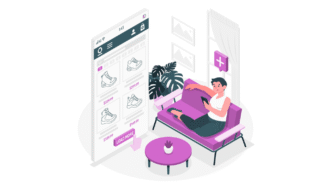
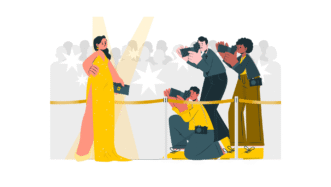
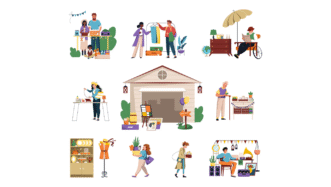

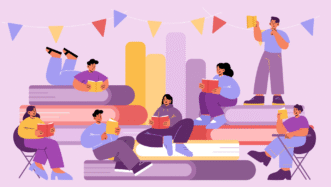


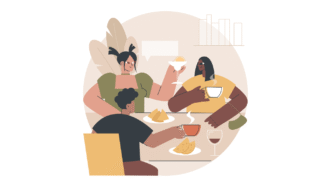
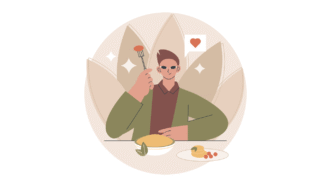

I’m going to make a prediction that this lesson is going to work great in conversation groups of all levels. Very teacher friendly. Thanks!
What a lovely comment! We hope it’ll work great with every group, too 🙂
Hello,
I would like to ask why you used a formal sentence on slide 14: ‘Watch the video and say if you would use any of these ideas. Explain your answer.’ I think it sounds more natural to say: ‘if you used any of these ideas….
Anyway this is a very creative lesson, and I will supplement it with interesting facts about the scrapbook technique mentioned on the slide.
Thank you very much 🙂
Hi, Lignum!
We’ve used the conditional, ‘would,’ in the instruction, as we can’t assume that students have indeed used some of the methods before. Phrasing it this way gives a little more wiggle room for hypothetical answers (even if it does sound a little formal!).
Hope that helps and thank you for your lovely comment about the lesson 🙂